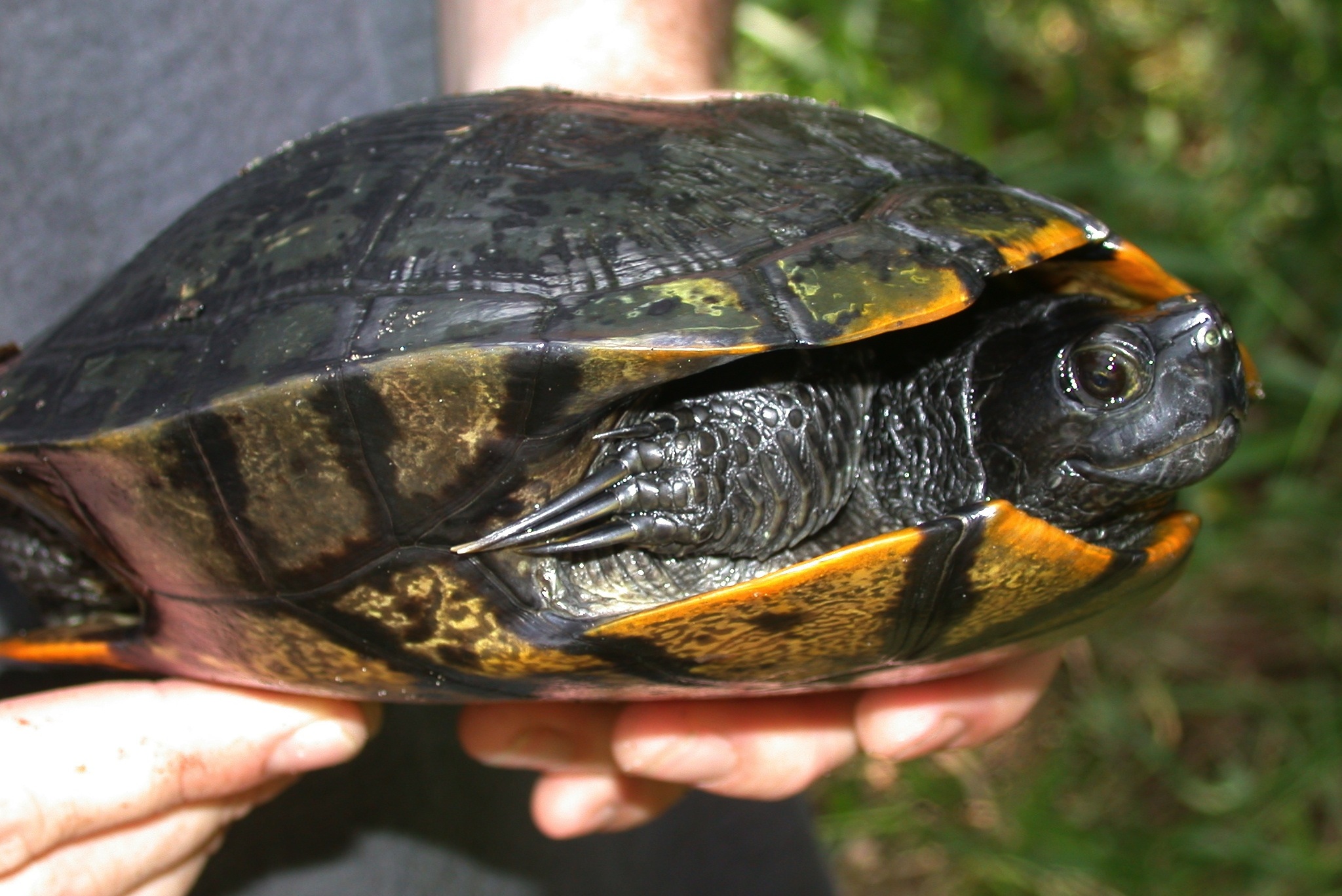The Yellow Belly Slider turtle, Trachemys scripta scripta, is a popular choice among turtle enthusiasts and pet owners alike. Known for their vibrant yellow underside, these turtles are native to the southeastern United States and can be found in various habitats like ponds, lakes, and slow-moving rivers. If you are considering getting a Yellow Belly Slider turtle, one of the most common questions that may come to mind is: “How big does a Yellow Belly Slider turtle get?” In this article, we will explore the growth patterns and sizes of these fascinating creatures.
Growth Patterns
Like many turtle species, the size of a Yellow Belly Slider turtle will depend on various factors, including genetics, diet, and overall care. The growth rate of a turtle can also be influenced by environmental conditions. However, on average, these turtles tend to grow relatively quickly during their early years and then attain a more gradual growth rate as they reach maturity.
Juvenile Size
When first hatched, Yellow Belly Slider turtles are tiny, often measuring around 1-2 inches in length. These juvenile turtles can fit comfortably in the palm of your hand. Over the course of their first year, they can grow exponentially, typically reaching a size of 3-4 inches in shell length.
Adult Size
As Yellow Belly Slider turtles reach adulthood, their growth rate slows down significantly. On average, adult males can reach a shell length of 6-8 inches, while females tend to grow larger, with a size ranging from 8-13 inches. However, it’s important to note that some exceptional individuals may grow even larger, but these cases are relatively rare. Proper care, nutrition, and a suitable environment can play a role in promoting healthy growth.
Credit: ourherpclass.blogspot.com
Factors Affecting Growth
Several factors can affect the growth of Yellow Belly Slider turtles. Providing a well-maintained habitat with adequate space, a basking area, proper lighting, and clean water is crucial for their overall health and growth. Additionally, a balanced and nutritious diet is essential. Younger turtles require more protein in their diet, such as commercial turtle pellets, supplemented with small amounts of live or frozen prey like bloodworms, earthworms, or shrimp. As turtles mature, their diet should consist mainly of vegetables, with occasional protein supplements.
Environmental Conditions
The water temperature and quality in the turtle’s habitat also play a role in their growth. Yellow Belly Slider turtles are ectothermic, which means their body temperature is regulated by their environment. Maintaining an appropriate temperature range, typically around 75-85 degrees Fahrenheit, can help support healthy growth. Additionally, ensuring clean, well-filtered water and providing a dry basking area with proper UVB lighting are essential for their well-being.

Credit: en.wikipedia.org
Caring for Your Yellow Belly Slider Turtle
To ensure the optimal growth and well-being of your Yellow Belly Slider turtle, consider the following care tips:
- Provide a spacious enclosure with adequate room for swimming, basking, and exploring.
- Monitor the water temperature and maintain it within the recommended range.
- Invest in a high-quality water filter to keep the water clean and free from harmful substances.
- Offer a variety of foods to ensure a balanced diet, including commercial pellets, leafy greens, and occasional protein supplements.
- Provide a basking area with proper UVB lighting so your turtle can thermoregulate and obtain essential vitamins.
- Regularly clean and maintain the enclosure, removing any uneaten food and waste to prevent bacterial growth.
- Consult with a reptile veterinarian for routine check-ups and health assessments.
Taking proper care of your Yellow Belly Slider turtle will not only promote their growth but also contribute to their overall health and longevity. Remember, these turtles have the potential to live for several decades when given the right care and environment, so be prepared for a long-term commitment when deciding to bring one into your home.






Leave a Reply